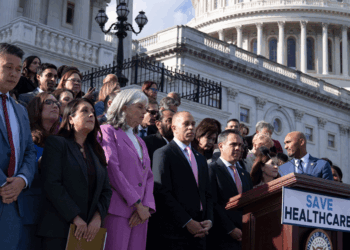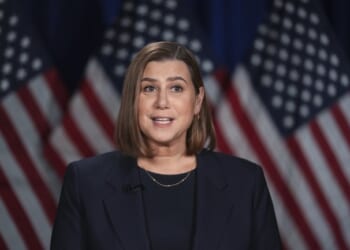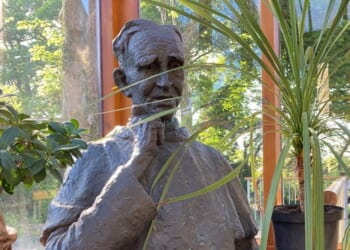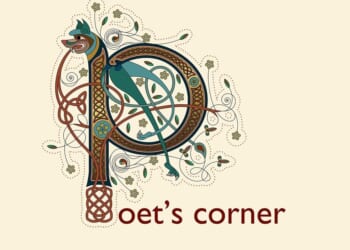Yesterday was the anniversary of the birth of singer/songwriter Laura Nyro. She would have turned 78. It doesn’t sound too old to me. However, Laura died way too young of complications from ovarian cancer in 1997 at age 49. Let’s keep the music alive. Please forgive an overstuffed edition of this occasional series that I have adapted from my tribute to her several years ago.
Having influenced a lot of singers and songwriters along the way, Laura should be remembered. Is she? The folks at the Rock and Roll Hall of Fame finally got around to giving Laura some long overdue recognition with her induction in 2012. They even found a performer (Sara Bareilles) to channel Laura’s singing voice in a lovely performance of “Stoney End.”
You can hear just about every strand of American music as well as a touch of opera (she loved Leontyne Price) in Laura’s work. Jazz, Brill Building pop, folk, doo wop, soul, gospel, rhythm and blues — they’re all embedded in her music. Laura also had a natural affinity for what she called the “teenage primal heartbeat songs” of her youth. “That music is about real singing,” she said in the liner notes to one of her albums. “There’s a passion for melody, for phrasing.” As she put it in a 1989 interview, “the real language of life — that’s what I heard as a kid, a joyful communication.”
She recorded an album full of such songs on Gonna Take a Miracle in 1971, accompanied by the ladies of LaBelle and produced by latter day Philadelphia soul men Gamble and Huff. It concluded her initial four-album commitment to Columbia with a transcendent bang.
Michelle Kort’s Soul Picnic: The Music and Passion of Laura Nyro (2002) is a well-researched biography. Reading it, I learned about Nyro’s introduction to the music business at age 18. She got an audition with Artie Mogull after Laura’s dad, Lou Nigro, tuned Mogull’s piano. Mr. Nigro implored Mogull to give his talented daughter a hearing. Intrigued by Kort’s account of the audition, I searched out several YouTube videos that now document the session.
Laura was brilliant. After hearing “And When I Die” — Laura had written it when she was 16 — along with a few other of her compositions, Mogull asked if she could do covers. How about “Stardust”? “Moon River”? He observed: “There is Irving Berlin.” Unbelievable.
“And there is Bob Dylan,” Laura responded. Mogull had recently set up Dwarf Music with Bob Dylan to publish his music. Laura gamely played a little of “When Sunny Gets Blue” and “Kansas City.”
Despite his qualms, Mogull signed her up. His management led to a contract with Verve Folkways and her first album. Not bad for a teenager. Other artists even had pop hits with a few of her songs from that album, though none touched Laura’s versions. The album also inspired David Geffen to meet up with her, extricate her from the deal with Mogull, sign her up himself, arrange a deal with Columbia that accorded her artistic control, and set up a publishing company for her compositions. Although they later bitterly parted ways, Geffen was crazy about her.
By the time Laura recorded “And When I Die” for her debut album, Peter, Paul and Mary had bought it from her for $5,000. They recorded it for The Peter, Paul and Mary Album (1966), which stayed on the Billboard charts for a year. Blood, Sweat and Tears of course had the hit single with it. Did either of them touch Laura’s version, produced by Milt Okun? I don’t think so.
The Fifth Dimension had the hit with “Wedding Bell Blues.” Did they touch Laura’s version? I don’t think so.
Several artists had the hit with Laura’s “Stoney End.” Did any of them touch Laura’s version? I don’t think so.
Laura’s first four albums on Columbia are treasures from beginning to end. She kicked off Eli and the Thirteenth Confession (1968, produced and arranged by Charlie Calello) with “Luckie.”
Then came “Lu.”
Followed by “Sweet Blindness” (another hit for the Fifth Dimension). And these are just the first three tracks. The Fifth Dimension also had a hit with “Stoned Soul Picnic,” from the album’s second side, and Three Dog Night had a hit with “Eli’s Coming,” the first side’s closing number. What a great album.
Laura’s second Columbia album was New York Tendaberry (1969). “Time and Love” was a highlight.
Laura must have fallen for some bad boys as a young lady. She certainly captured the feeling in “Captain Saint Lucifer.” This is something of a Saturday night song.
Laura’s third Columbia album was Christmas and the Beads of Sweat (1970). Her writing was getting more eccentric and obscure, but I love “When I Was a Freeport and You Were the Main Drag.”
And ditto for “Upstairs By a Chinese Lamp.” This one requires some patience.
“Blackpatch” may not be fully worked out in the lyrical department, but I love this one too. We may be getting closer to a Sunday morning song.
For her fourth album on Columbia Laura teamed up with soul producers Gamble and Huff for a collection of covers. Gamble and Huff teamed her up in turn with the ladies of LaBelle on backing vocals: Patti LaBelle, Nona Hendryx, and Sarah Dash. “I Met Him On a Sunday” opens the album in glorious fashion. It segues without pause into “The Bells.”
Quick! Hit play on “The Bells.”
Laura’s cover of “Nowhere to Run” is fantastic.
The album closes with the Royalettes’ “Gonna Take a Miracle.” Talk about a heartbeat song.
Laura’s own writing after this intensely creative period degenerated, but her gift for interpretation never left her. Laura recorded “Polonaise” with Kenny Rankin in 1983. The song was written by her younger brother, Jan Nigro. Not many people have ever heard it. According to Kort, the record company for which Rankin was recording went out of business before it was released. This is a lost gem.
Laura made a striking medley out of her own “The Confession” (from Eli) and her cover of “High Heeled Sneakers” for this 1988 recording.
Laura covered “I’m So Proud/Dedicated to the One I Love” in performance on Mountain Stage in 1990.
Manhattan Transfer invited Laura to join them on their cover of the Delfonics’ “La-La Means I Love You” (by Thom Bell and William Hart) on Tonin’ (1995). Laura led the way.
Smokey Robinson’s “Ooh Baby, Baby” is a Motown classic. Laura poured her heart into it on the posthumous Angel in the Dark (2001).
She also covered the Bacharach and David number “Walk On By” on Angel.
This cover of the Crystals’ “Oh Yeah, Maybe Baby” (by Phil Spector and Hank Hunter) comes from another posthumous collection (2002). The recording derives from her 1993/1994 Christmas Eve shows at the Bottom Line in New York. Don’t you wish you would have been there?
Let’s sign off with this rare recording of Laura singing Stevie Wonder’s “Creepin’” (2002), mentioned at the end of Kort’s 2002 biography as forthcoming. I hadn’t even heard of Laura’s cover before reading Soul Picnic. I hope it leaves you wanting more.

















